
1. Fitness is Intensity-Dependent
Too often people think that the duration of a workout is what matters most. I was guilty of this disordered thinking at one point, too. I thought that if I worked out for two hours, it was better than working out for one hour, or half an hour.
The truth is, though, that this isn't necessarily true. Fitness is largely intensity-driven, and this is too often ignored. Research has shown that the higher the intensity, the more calories you burn -- not only while exercising, but after you leave the gym, when your body benefits from an “after-burn” mode.
The reason people avoid intense workouts is because, well, they're hard. It requires a lot of energy, a lot of focus, a lot of persistence and determination. But the benefits of working out at a high intensity are far better than longer, moderate or low intensity workouts.
Exercise should be kept short, and intense. Think about giving your all for 30 minutes, rather than dragging out the last 30 minutes haphazardly.
This means that if you're the type to go to the gym and spend the whole time on the treadmill, bike or elliptical, try doing short, intense bouts with longer breaks between. Go as hard and as fast as you can, with good form, for 1 minute, and then break for 1 minute by walking it out. Do another hard and fast bout, and then take another break. As you progress, your intense bouts can extend a little longer.
Crossfit has really mastered the shorter workout and has developed dozens of options that will leave you feeling fantastic in less than 15 minutes. But that doesn't mean you need to do Crossfit to "exercise properly". You can exercise in any way you want, just adjust the intensity.
This type of intensity-dependent exercise is the safest way to help balance hormones as long as it is coupled with rest and relaxation between sessions. Shorter and more intense workouts will lead to restoration of health, muscle growth, more efficient calorie burning, and hormonal balance whereas a longer, steady state can actually lead to muscle depletion.
*Intense workouts don't mean that it's acceptable to have sloppy form. It's important to maintain proper form to reduce the risk of injury, as well as to allow for proper range of motion, which will yield more results. Each move should be slow and controlled when lifting weights. For higher intensity, increase the weight-load.
2. Circuits
One mistake that people make is doing multiple sets of the same exercise without resting between the sets (i.e. doing 3 sets of 15 reps of rows one after the other). This doesn’t allow your muscles to recover and it’s a waste of your workout. Instead of doing a set, resting, and then doing your second set, it’s more effective to move on to multiple exercises in a circuit, so that you don’t rest between exercises but do rest each muscle group. This will give you a good cardio workout while you do your strength training. This could mean doing 15 rows, 15 bicep curls,15 tricep extensions, and then starting back with the rows.
3. Take Your Rest Days
I once read somewhere that if you're having a hard time convincing yourself to take one rest day, you probably need more like 3 or 4 rest days.
Building muscle is a science. The soreness you're feeling post-workout is caused by minor muscle ruptures known as micro-tears. As these minor injuries are repaired during rest periods, the muscle becomes larger so it is able to handle the stress that initially caused the tear. This process is commonly referred to as hypertrophy. When you are recovering from your last workout, don’t think lying on the couch while watching TV will do the trick. To help speed up and maximize your muscle recovery, consume a diet high in healthy carbohydrates, protein, and fat; stay hydrated; stretch out sore muscles to promote circulation and reduce muscle tension; and get a good night's sleep to give your muscles the rest they need.
Rest is so, so important. I can't stress that enough. When I first started working out, it was difficult to convince myself that it was okay to start slow and take my much-needed rest days, but I think it was crucial to my success in developing a consistent and lasting fitness routine. Had I pushed myself too hard in the beginning, like a sparkler I would've burned bright, but not for very long. By allowing myself to take 4 rest days for the first week or two, I was able to build a routine that brought me up to one rest day a week where I don't feel burnt out. And if I do feel burnt out at any time, I have no problem skipping a workout. Not only will rest days help keep your motivation up (I'm always super excited to get back into the gym after some rest time), but it will also help you yield better results, results you will be able to see and feel.
Sometimes we trick ourselves into thinking that if we take a rest day after an intense workout, we will "lose" our gains (it doesn't happen that fast), but in actuality, I've gotten more "gains" from taking a good rest (or active rest) day.
4. Active Rest Days
While rest days are important, lazing around on your butt all day every single rest day isn't a great idea. Some people subscribe to the notion that you should completely rest after workouts, but this is an outdated way of thinking.
If you do full body exercises, your rest day could include a short walk, a hike, a yoga session. If you do split training, simply train a different body part the next day.
5. Do Weights AND Cardio
I believe that a good routine will include both weights and cardio workouts. Too many people are either anti-weights or anti-cardio, as if not using weights makes your routine "better", or as if not doing cardio is somehow superior. How much of each you do, though, again, is dependent on what your fitness goals are. Personally, I weight train 5 days a week, and do a type of cardio once a week (which will sometimes include light weights), as my goal is to build muscle.
While cardio is not ideal for muscle growth, it is important for cardiovascular health and endurance, when done properly.
Whether weights are heavy or light, bodyweight or resistance is a personal choice for your fitness goals, and the type of cardio is highly subjective to your goals as well. I like to mix it up to keep it interesting. Sometimes I do full body light weight circuits, like HIIT workouts. Sometimes I like to do kickboxing. This is totally up to you! Just remember that the intensity of the exercise is the most important factor.
6. Eating Before & After
It's important to eat before a workout, to give your body the energy it needs to power through your workout routine. Depending on what type of workout you do, you may need to adjust what you eat. Carbs are our body’s main source of fuel. If you do intense workouts, you will need carbs, or you won’t have enough energy and you'll feel weak and tired (just for kicks, try a workout after eating a carb-rich pre-workout; then try the same workout another day without eating - see the difference). Some days I find a banana 30 minutes before my workout is sufficient, but on days where I am lifting a lot of weight, a heavier breakfast like toast with peanut butter and banana slices is in order. The important thing is to get in some glucose, which is an immediately-available energy source for your muscles. Eating something with too much protein or fat before a workout will likely leave you feeling weighed down. However, if you're really looking to build a lot of muscle, having a protein shake (protein powder + water) right before your workout can also help to increase the flow of amino acids to your muscles.
After your workout, however, is the time to get in the protein-dense foods. Opt for something high in calories, with protein, fat, and carbs. I like to do a protein smoothie because it allows me to get in a lot of protein, some greens, some fats, and some sugars to replenish my energy levels. According to research published in The American Journal of Clinical Nutrition, 20 grams of protein is optimal for stimulating muscle growth after resistance training. You'll need more after an intense weight session.
Those lifting weights need more protein than the RDA for most sedentary Americans, which is 0.8 g/kg protein per day. Protein for active people can range anywhere from 1.2-1.7 g/kg protein per day, depending on how much breakdown there is. If someone is new to working out or is trying something new, there is more breakdown than someone who has been working out regularly, so their protein needs will be higher (if you're really sore, up your protein). Additionally, more calories are required for those who workout. This is good to hear for those both trying to gain muscle or those who want to lose weight while eating more food during that process. Eating right is something you have to be consistent with. You can't just do it after the gym. It is something you have to do 90 percent of the time.
Everyone will desire and require something a little different, but just remember that your body requires protein to recover adequately, so don't skip out on the post-workout meal. I recommend brown rice, pea, or soy protein.
7. Include Compound Workouts
I like to train isolated areas sometimes, like triceps as this is a difficult area for me. But instead of always isolating your muscles, you can maximize the time you spend in a workout by doing exercises that work out multiple muscle groups at once. With just a few exercises, you could get a full-body workout. Another benefit is that your muscles are working together as they do in the real world, rather than alone. Some great compound exercises include squats, deadlifts, good mornings, lunges, pushups, bench presses, military presses, rows, pullups, dips, and more.
8. Mix It Up
Don't stick to the same workout routine for too long. Once your body adjusts to the workouts you're doing, you'll hit a plateau. When lifting weights, change your routine every few weeks. This could mean different exercises, or adding more weight. For cardio it's best to cross train by switching up the types of cardio you do regularly. Running one day, elliptical the next, rowing the next, etc.
9. Gym Buddies: Helping or Hindering?
Depending on the type of person you are, you'll need to decide for yourself if it's worth having a gym buddy. If you want to get the most out of your workout, but you're prone to distraction, it's probably best to hit the gym alone with some pump-up music, unless your gym buddy is equally as driven and helps keep you motivated. Often times people spend too much time chatting and socializing at the gym, wasting valuable minutes.
10. Ignore Caloric Expenditure
A lot of times I will see people posting photos of their 150 calories burned, feeling vindicated in their efforts. While it's nice to have a general visual of how many calories you've burned, it's also a distraction from the larger goal, which isn't to burn calories, but to build muscle that will burn calories more efficiently all the time. Plus, the number on the machine is highly variable - it may say you've burned 150 calories, but maybe you've only burned 80 because of improper form or low intensity. This is especially true for those of you who use machines like the elliptical, but lean on the bars, lift your heels, and basically take away from the effectiveness of the workout.
The machine relies on speed and revolutions to calculate calories, but if you're offsetting your weight or not completing the full range of motion, you're cheating yourself. Instead, focus on your intensity, and block out those calorie counters.
11. Don't Neglect Body Areas
For a while I never trained my upper body because it wasn't the part of my body I wanted to "shape". But then I realized I was doing myself a disservice. I was ignoring all of the muscle groups that could help me with my posture, and which could also help me ante up my other workouts. Now my upper body is one of my favourite areas to train! But at the same time, don't focus on spot-training. While we often do targeted exercises (like tricep extensions), my entire workout doesn't focus on triceps. Just like your entire workout shouldn't focus on one area. You can't pick areas to shed fat (often why women complain of losing their boobs when they lose weight!). If you're completing a well-balanced workout routine, the rest will follow.
12. Work The Muscles You Want to Build Most, First
If you’re training a group of different muscles, the order of the exercises is important in what specific outcome you’re looking to achieve. If you’re doing leg day (just an example), the muscle that will see the best results will be based on which exercise is done first. So, if you want to see more hamstring growth, do hamstring curls first. If you want to see more glute growth, do hip thrusts first.
------------------------------------------------------------------------------
Guest Blog By:

I first got acne in high school, and it came back in my early adulthood. I was able to struggle through those difficult times and come out of it a stronger, wiser, healthier person as a result. I'm here to help you do the same thing!
Connect with Veganacnesufferes on: Youtube Twitter
--------------------------------------------------------------------------
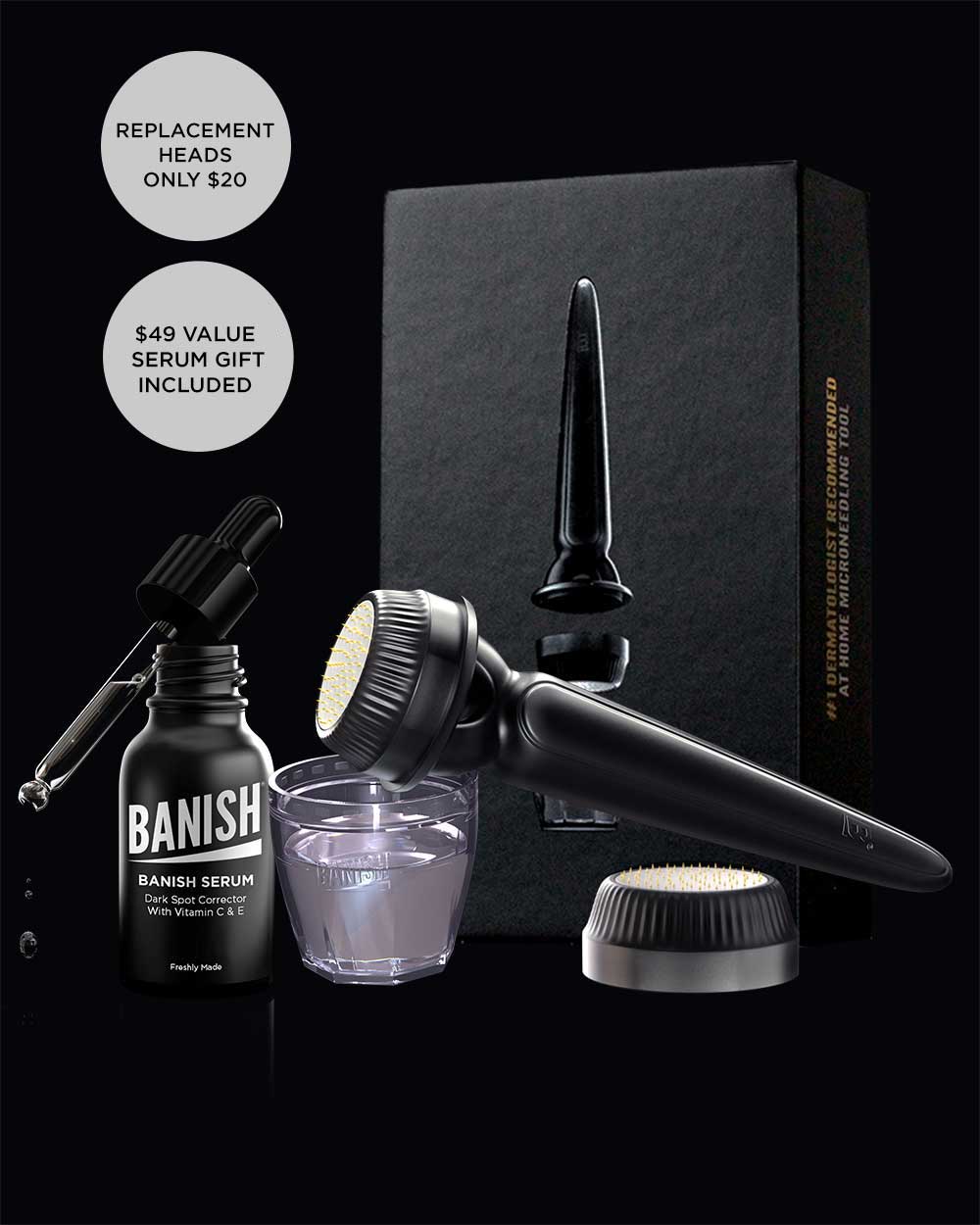
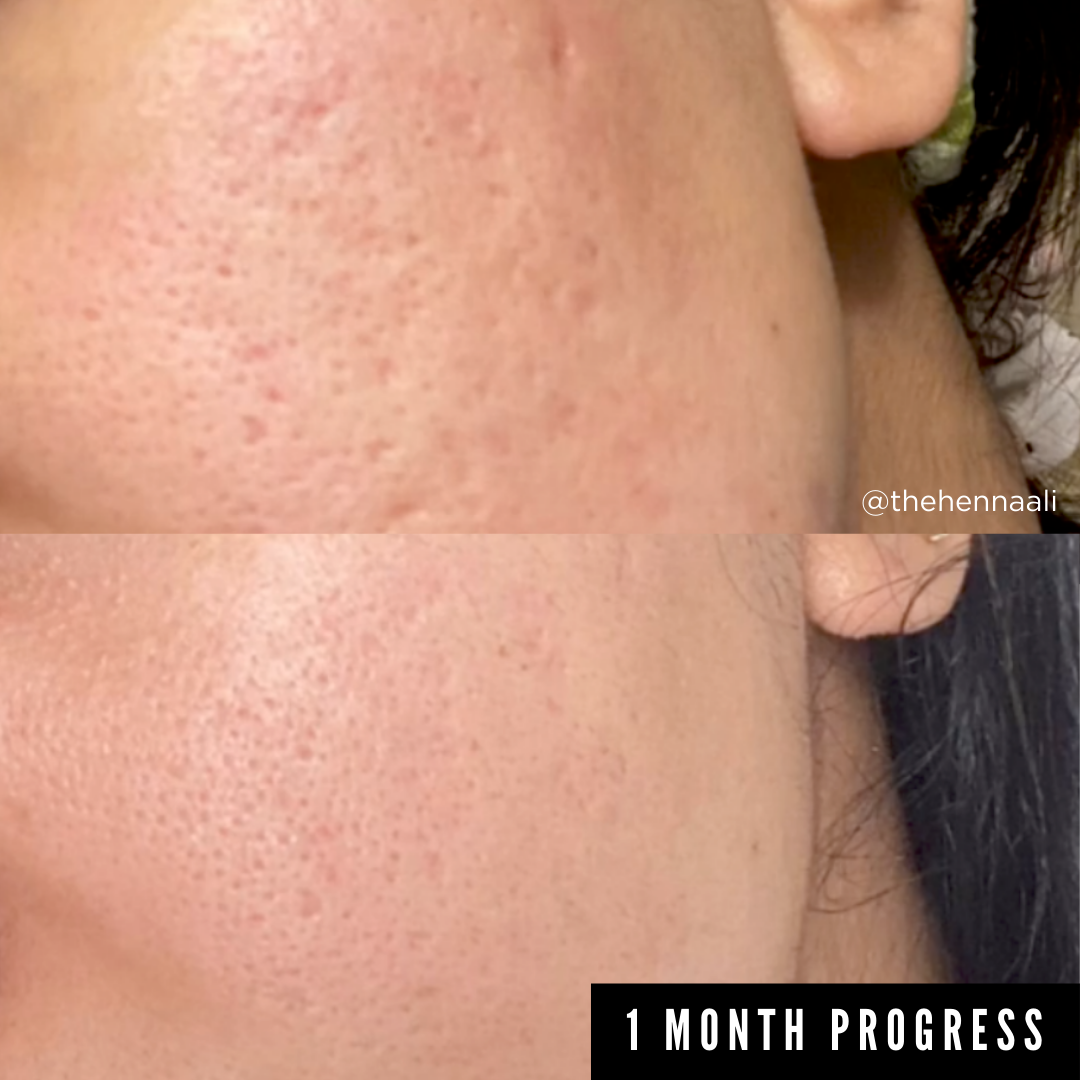


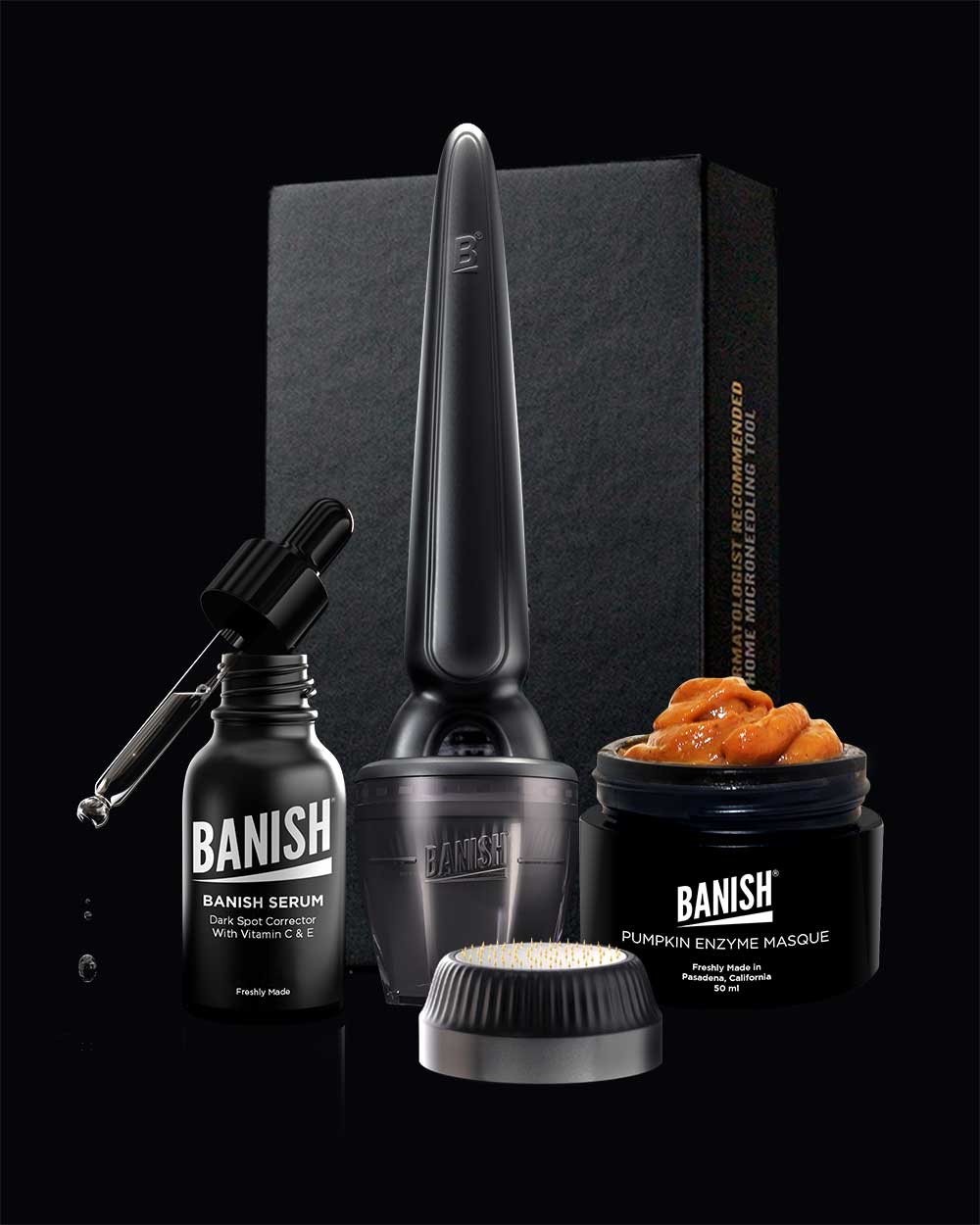

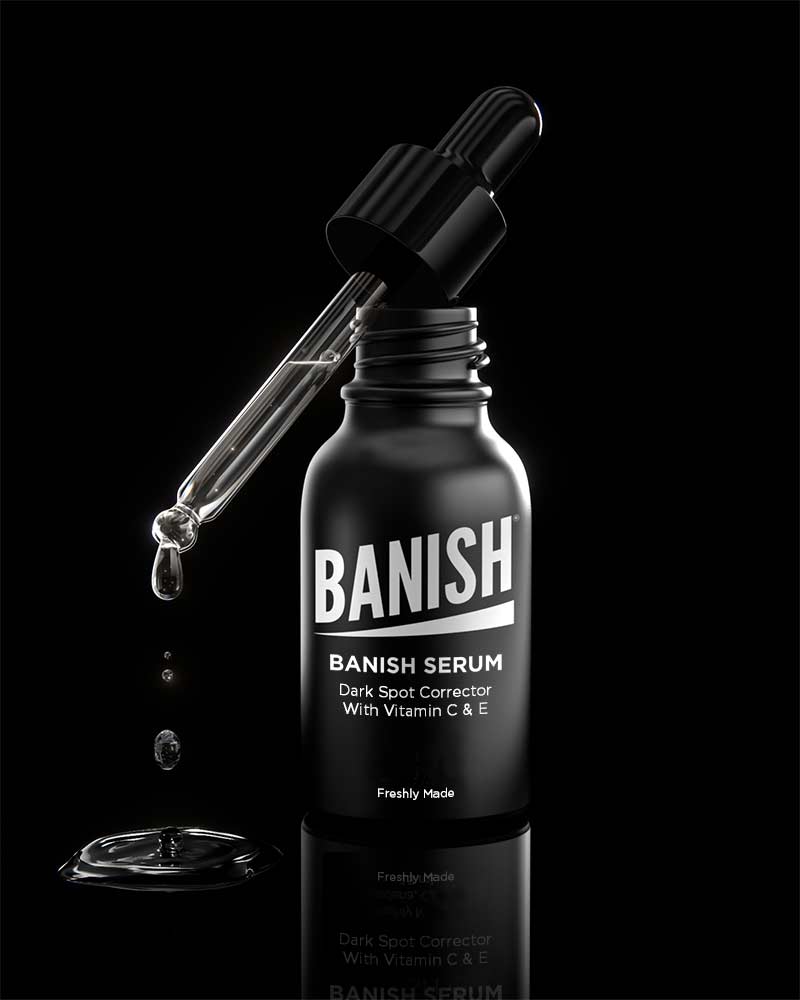

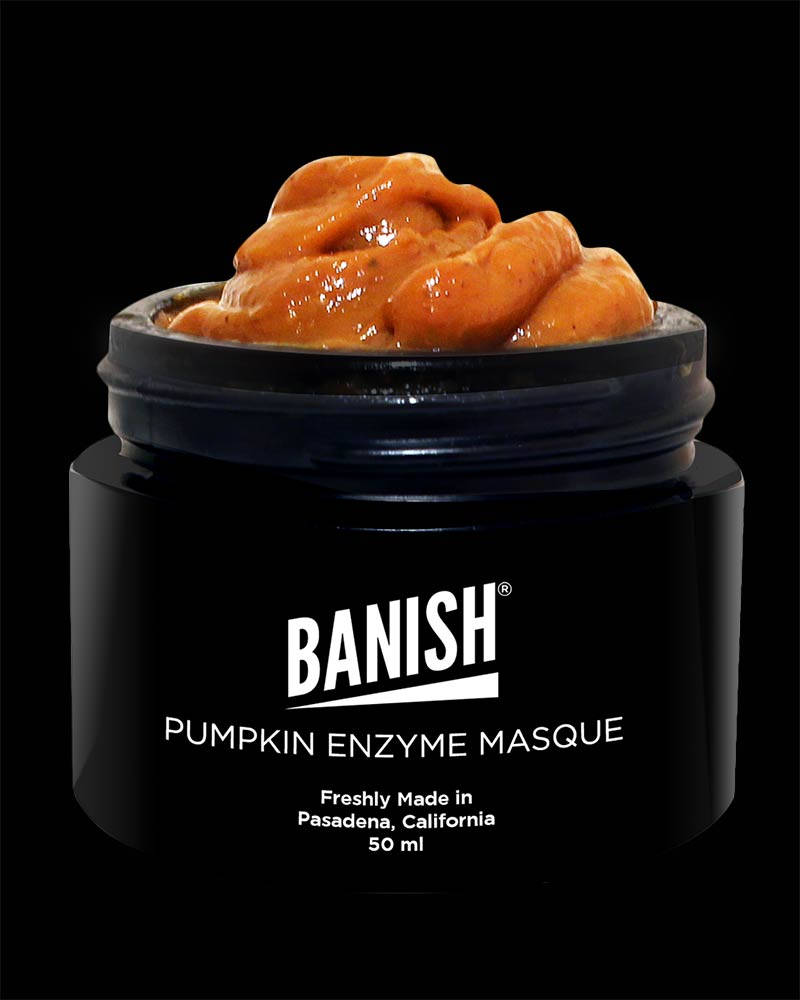

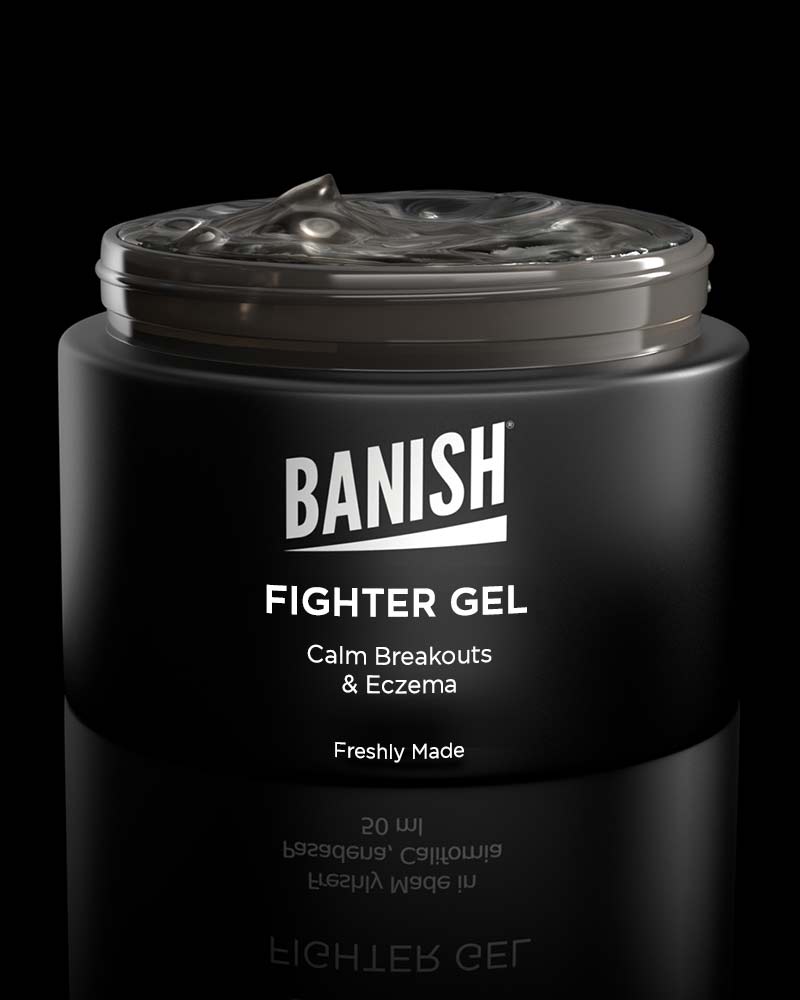
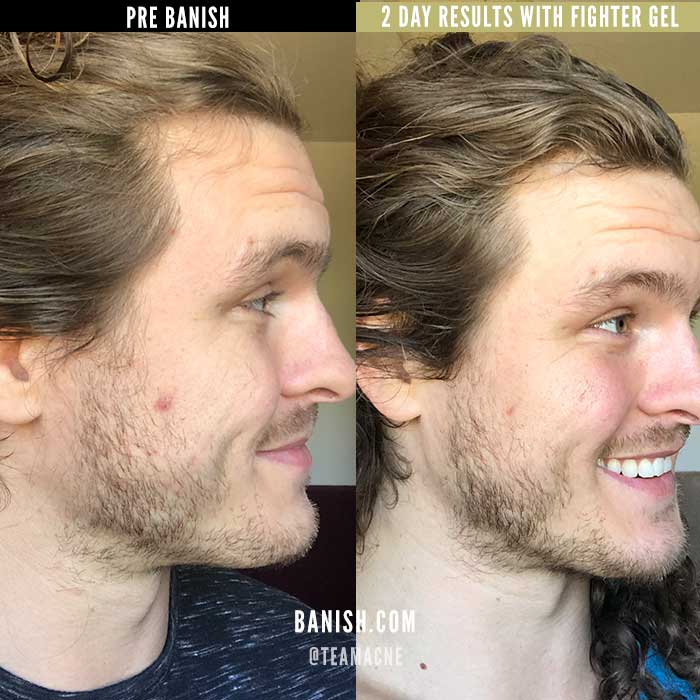
1 comment
Grace
Great article! Super helpful. I have been wanting to get into the intensity thing, but have not done anything to actually do it haha. This definitely motivated me. Thanks!
Leave a comment
All comments are moderated before being published.
This site is protected by hCaptcha and the hCaptcha Privacy Policy and Terms of Service apply.